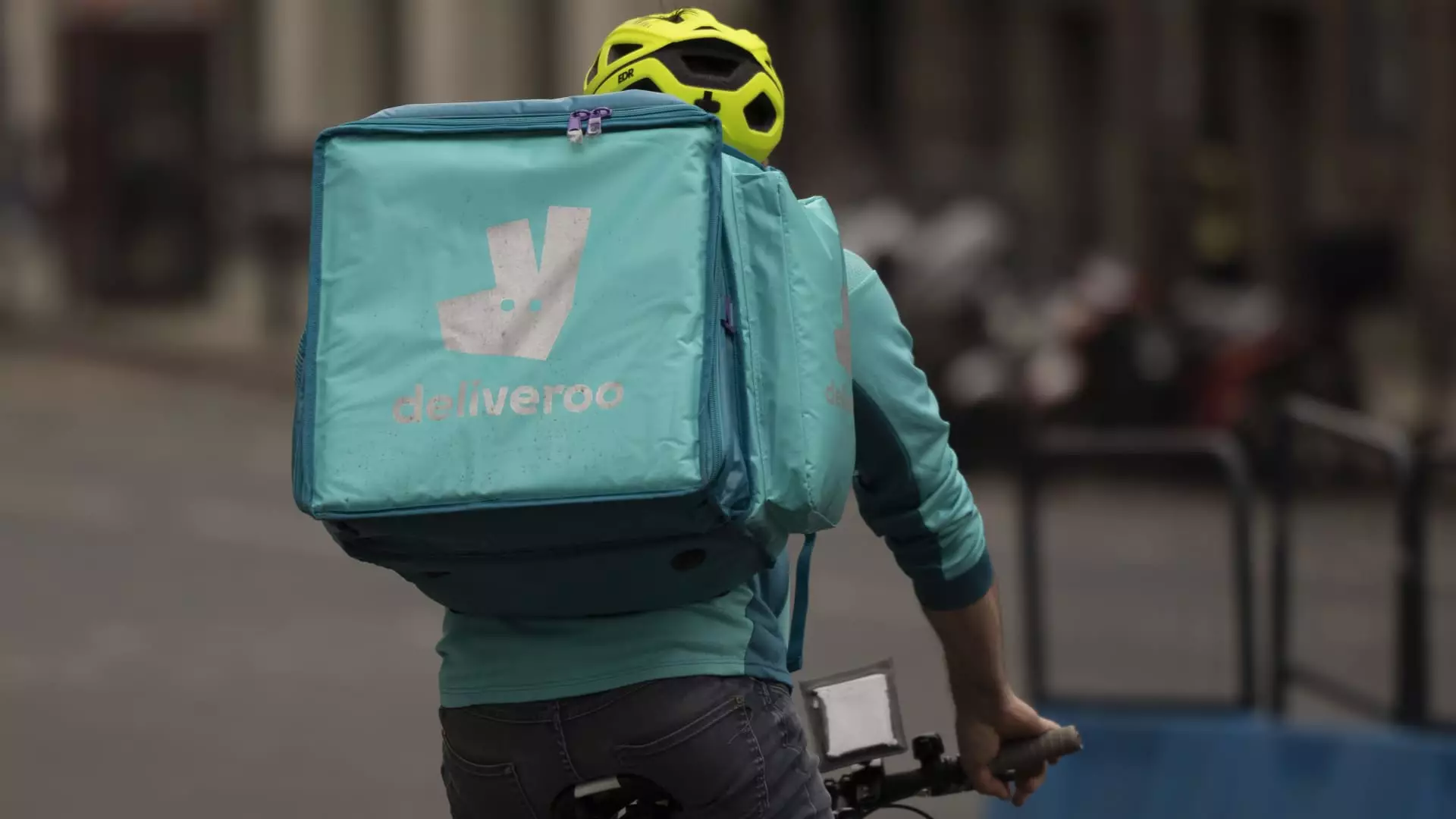In a landscape brimming with competition, DoorDash’s recent acquisition of Deliveroo has sent ripples through the food delivery sector. Valued at an impressive £2.9 billion ($3.9 billion), this move is not just a financial transaction; it embodies a significant shift in the global food delivery marketplace. By agreeing to pay 180 pence per share—a staggering 44% premium based on Deliveroo’s stock price prior to the initial bid—DoorDash is positioning itself as a key player in an increasingly interconnected industry.
While stock prices often ebb and flow on the whims of market sentiment, this acquisition marks a notable resurgence for Deliveroo after a troubled journey on the London Stock Exchange. Once hailed as a promising tech champion, Deliveroo faced a tumultuous public debut that saw its shares plummet by 30% in 2021. Investors had raised red flags over the sustainability of its growth in a post-pandemic era, and despite a brief resurgence after the bid announcement, Deliveroo’s stock has remained significantly lower than its initial public offering price of £3.90.
Critique of Market Sentiment and Strategy
The acquisition raises critical questions about the long-term viability of food delivery services. Will this consolidation truly yield efficiencies, or does it merely distract from the underlying challenges the industry faces? As DoorDash’s CEO Tony Xu optimistically outlines, the potential to reach over 40 countries and serve more than a billion people could indeed be transformative. However, such ambitions may be undermined by persistent competition, platform saturation, and regulatory scrutiny within the gig economy.
By acquiring Deliveroo, DoorDash garners a welcome entry point into the European market, yet it does so amidst an industry bogged down by legal challenges. The labor landscape for gig workers is under intensifying scrutiny, with questions around fair wages, working conditions, and job security simmering just beneath the surface. If DoorDash and Deliveroo are to navigate the choppy waters of European regulations and consumer sentiment, they will need to be both agile and transparent while championing the rights of their workforce.
Investors: Cautious Optimism or Just a Glimmer?
Deliveroo’s journey as a publicly traded company has been fraught with challenges that echo broader trends in the food delivery sector. After enduring a significant downturn, investors are understandably wary. However, DoorDash’s firm statement that the deal allows no room for negotiation unless a competing bidder emerges suggests a sense of urgency—both in confidence and market expectation—that is often absent in current economic climates.
Moreover, this transaction should be viewed as part of a larger pattern of consolidation within the industry. Earlier this year, Deliveroo sold segments of its Hong Kong operations to Delivery Hero, while Just Eat’s acquisition by the investment group Prosus highlights a growing trend among food delivery firms to merge and adapt in order to survive and thrive amidst fierce competition. As these companies band together, it’s imperative to question whether this evolution will lead to increased service quality or result in a monopoly-like environment where innovation stagnates.
A Paradigm Shift or a Temporary Fix?
This acquisition is not merely a business maneuver; it’s a signal of broader changes within the food delivery ecosystem. While DoorDash’s ambition to dominate the market is palpable, delivering on promises while maintaining operational integrity will be critical. For consumers, the prospect of better service and greater options is enticing. Still, lingering concerns about the ethics of gig economy practices and the long-term sustainability of the delivery model remain, threatening to overshadow ambitious plans.
The future landscape of food delivery could hinge on how effectively DoorDash integrates Deliveroo’s operations and addresses the pressing challenges ahead. This acquisition could indeed be the catalyst for a monumental shift in the industry—if navigated wisely. Fans of both brands and industry observers alike are left to ponder whether this bold move will pave the way for a new future or simply serve as a temporary patch in the ongoing narrative of food delivery services.

